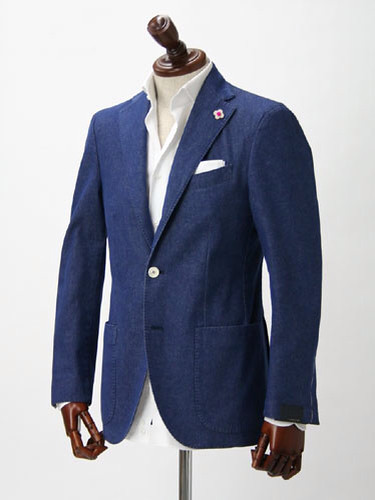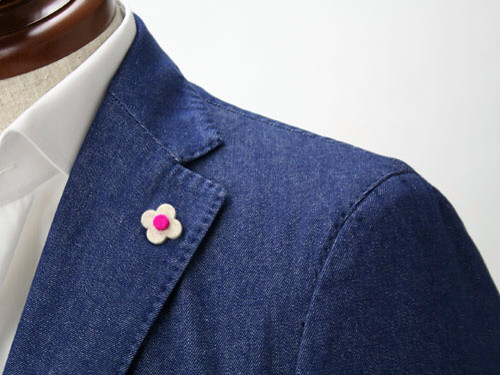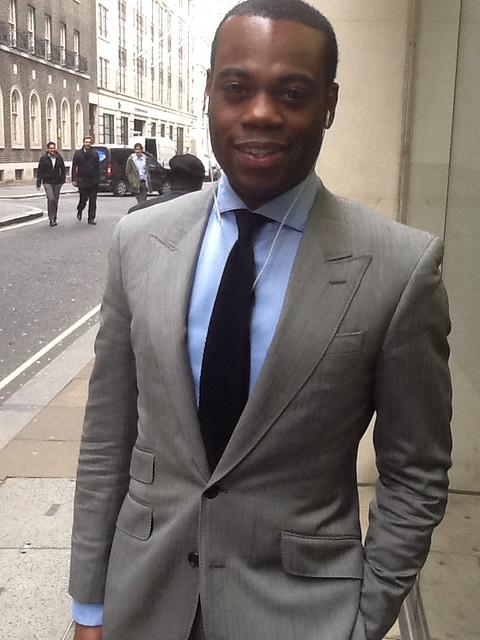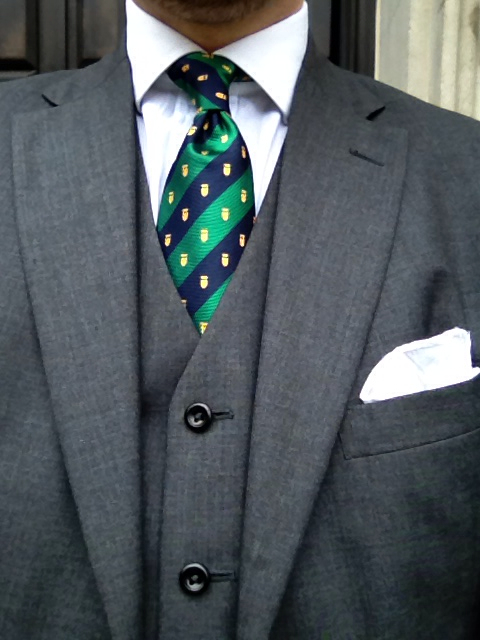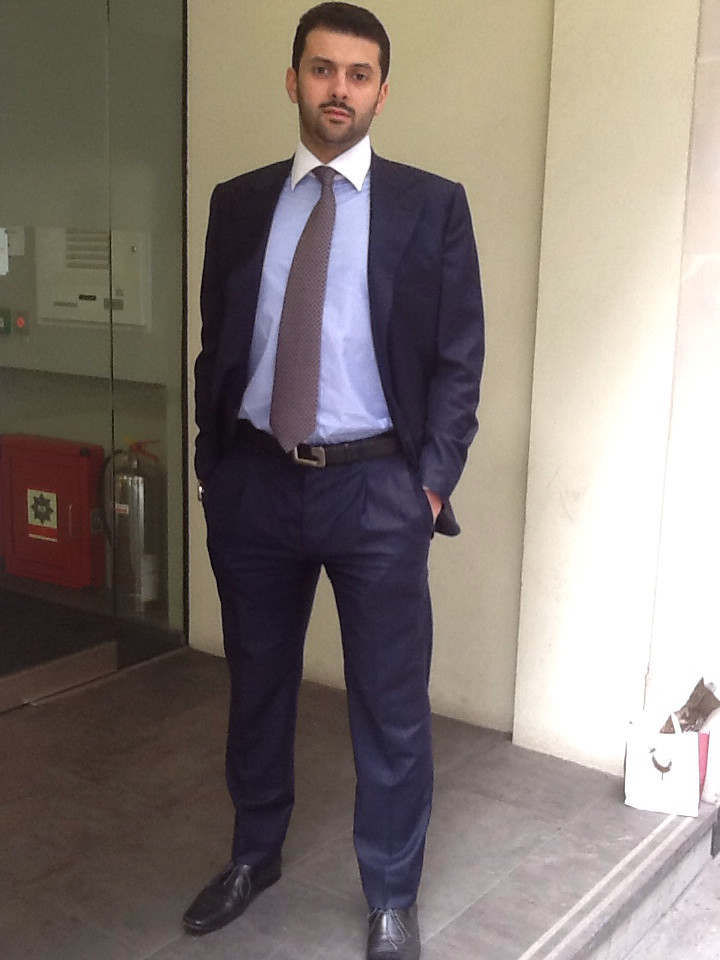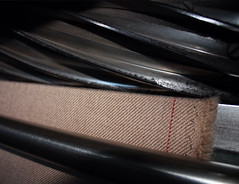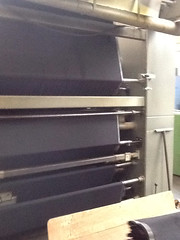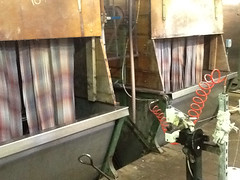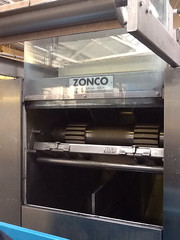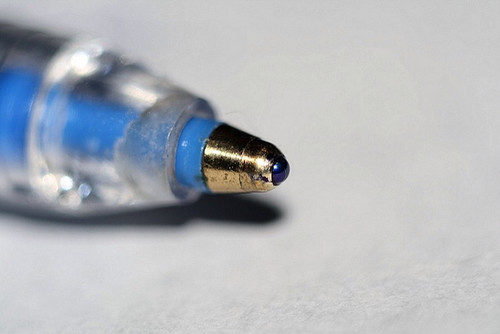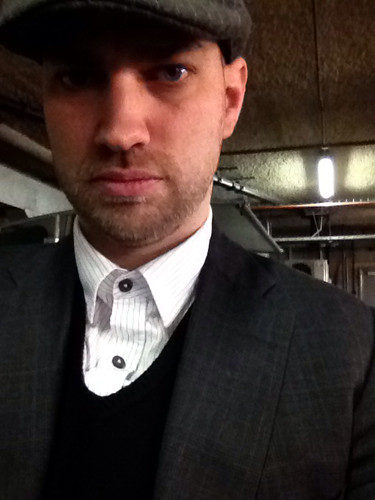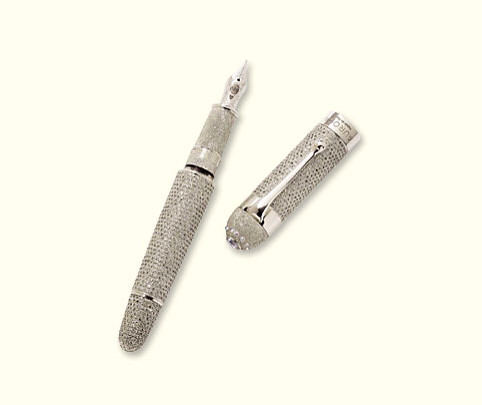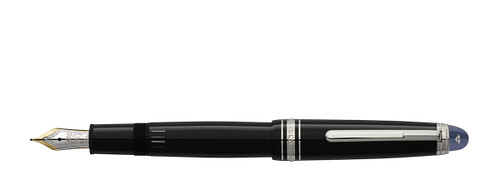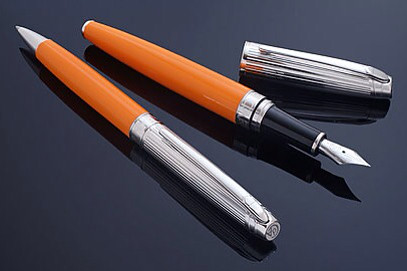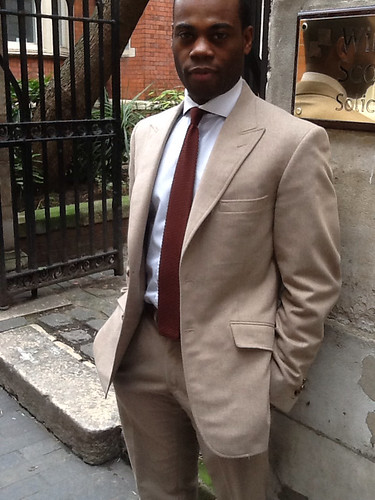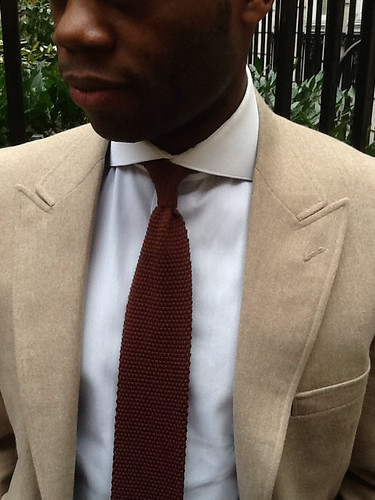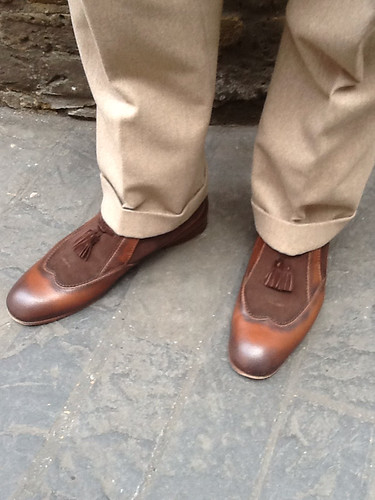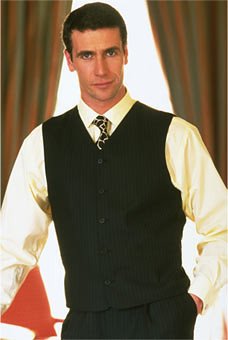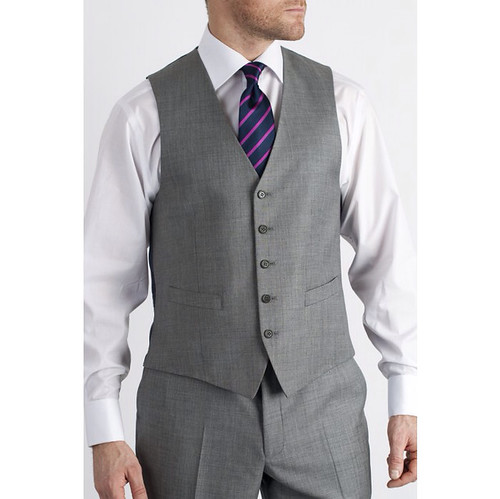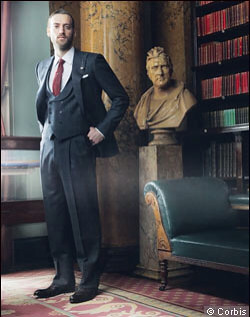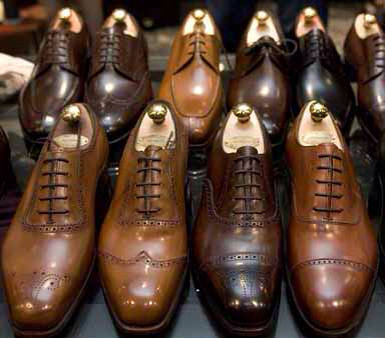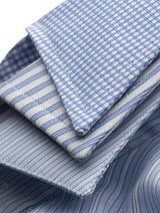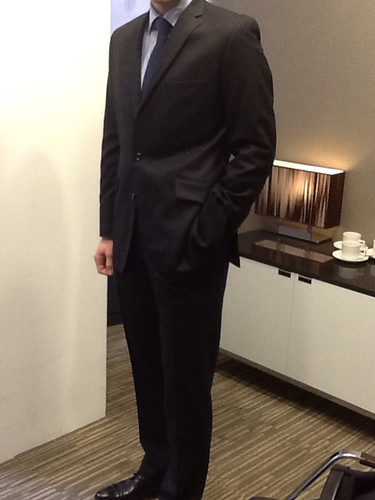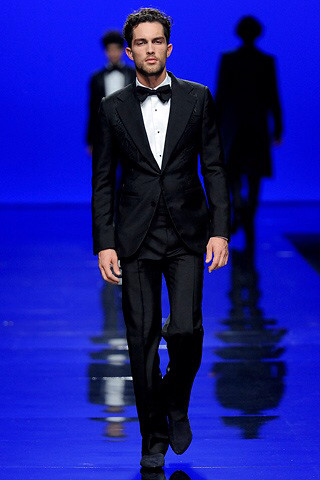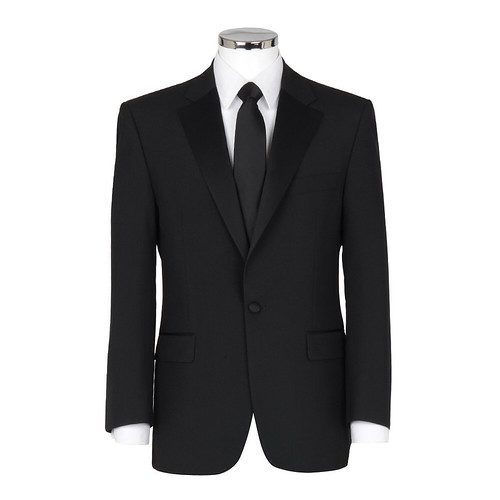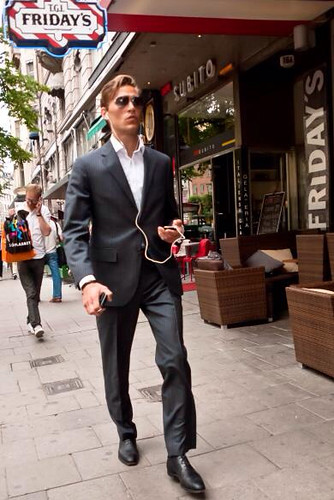Having a well fitted and tailored DJ is one of the perks of life. I was talking this morning with a client who has only a few events per year that he will need one for but like many gents simply hates the fit and feel of his current off the peg one. And when you get to these events it is nothing short of wonderful when you know that you are looking among the finest dressed there.
This is how It may feel like to be Bond. Not joking! I have two events per year that require a black tie. And every time I wear my wonderfully tailored Dinner Jacket (Tuxedo) I feel like the 007 agent looking suave and luxurious as I approach the convention bar and order....a coke. Not a Martini sadly.
And mostly I am dressed as well as my wife who has spent ages on her outfit. I didn't but it made her so happy that I looked as if I had.
So below are some simply styles that you can do. I know many clients and gents who wish for something more out there but I always advocate having the foundation first. Then branch out once you have your grounding.
The above picture shows more the American style of Tuxedo with the adding of a formal waistcoat. This look is a little dated and am advising most clients stateside that they can really look crisp with just the simply jacket, trouser and bow tie combo. There's a reason why Bond should never wera a waistcoat...it just isn't that cool. But if you wish to please go ahead it isn't badly dressed, I just think you could look much sharper like this:
Isn't that just gorgeous. Something about the simplicity makes the wearer seem much better dressed and sharper. I would still wear a bow tie with the outfit but don't see anything wrong with the adding of a slim-medium width black silk tie.
Styles:
Here are three classic styles. All are wearable and in fashion although the most classic and long lasting is the 2nd jacket model number 31 as it is single breasted and a notch lapel. The double breasted is in fashion and will look killer but may be out of style in 2 years so this is maybe to try after you have the first classic just mentioned.
The peak on model 32 is classic too but can come and go a bit more than the notch lapel ever will so my advice is for the notch first time round. The dinner jacket above has a single breasted peak.
Jacket model 33 shows a shawl lapel. This again is not common so may make your Dinner Jacket (Tuxedo) slightly out of date and as this may need to be worn to all kinds of events then a notch lapel is more versatile.
Model 34 is a white evening jacket and normally worn on cruises and summer events in the states but is rarer in Europe.
And lastly the trousers. Worm as wished but with satin trim down the sides.
Hope helps and do contact with any questions.
Tailor Dan
